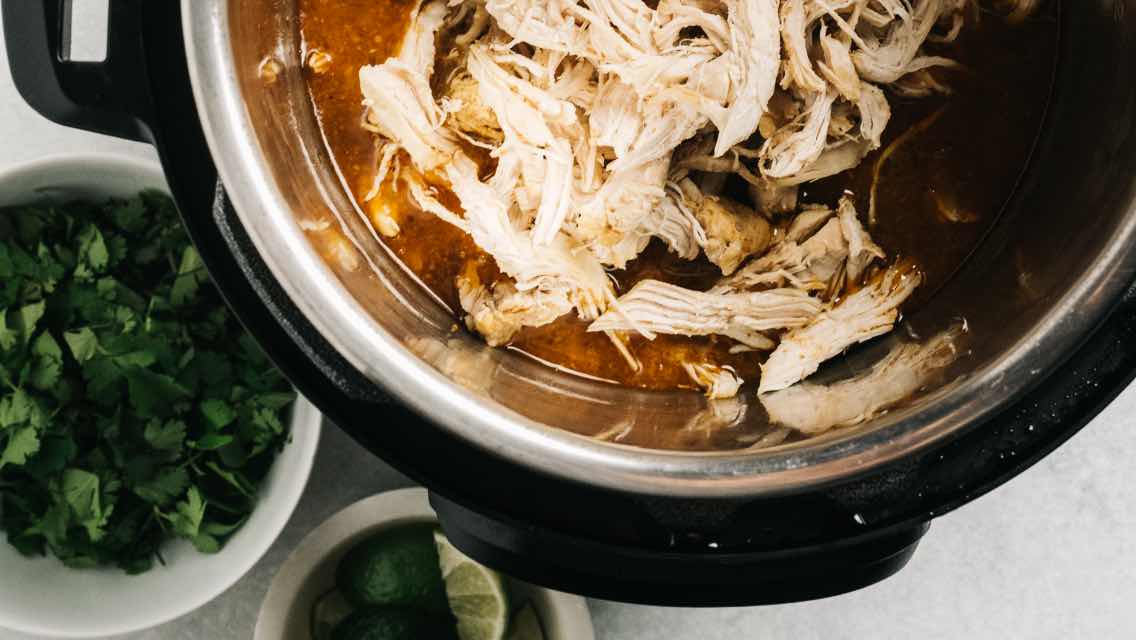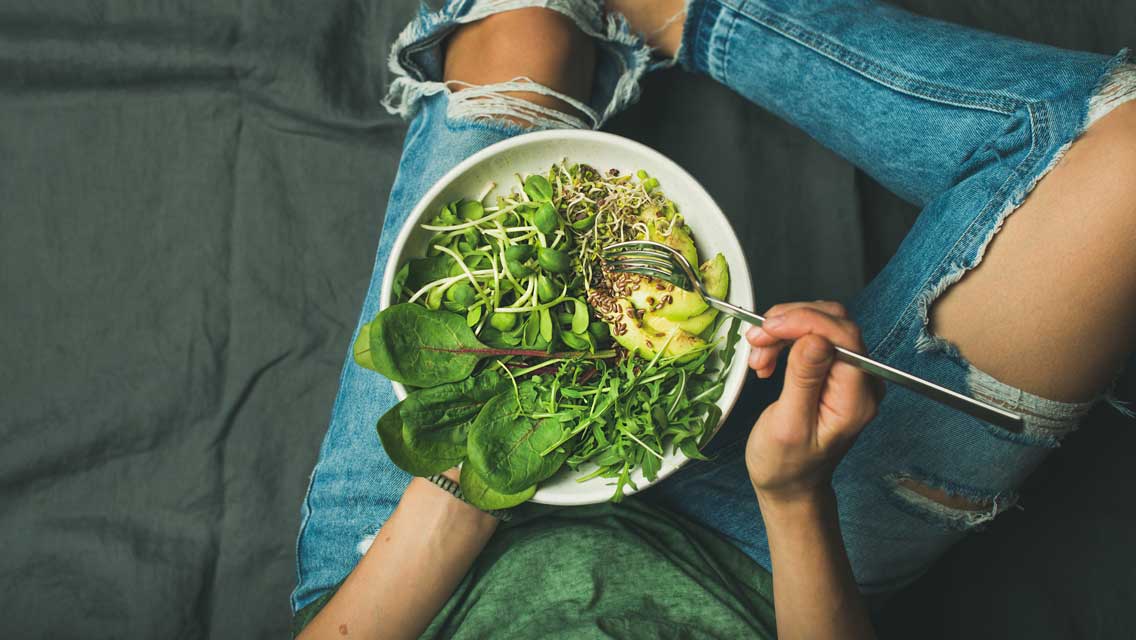- Remember that frozen vegetables are blanched, so they generally need less cooking time than fresh.
- Avoid moist cooking methods like boiling, which can make frozen veggies soggy.
- Use high heat and rock-hard frozen vegetables when making stir-fries. As soon as the veggies hit the pan they will start to thaw, and once heated through, they’re done.
- Mix a small amount of sugar with the oil when you’re roasting frozen veggies — this encourages browning while they’re in the oven.
- Sidestep texture issues by sautéing frozen cauliflower, carrots, broccoli, or squash along with some onions and garlic, then use an immersion blender to make a creamy soup.
- Stir still-frozen berries into muffin or cake batter — less juice will leach out during baking than if you use thawed berries. Just add an extra five minutes to the baking time; the frozen fruit will lower the temperature of the batter.
- Skip the ice altogether in your frozen-fruit smoothie to make it creamy and less watery.
- Freeze your own veggies before they go bad: Blanch briefly in boiling water, transfer to a very cold water bath immediately to stop the cooking, drain well and pat dry, then freeze in a single layer on sheet pans before transferring to airtight bags or containers. These older vegetables will have less nutritional value than fresher or flash-frozen options, but the method will help you reduce food waste. Just be sure to label and date.
This was excerpted from “The New Frozen Dinner” which was published in Experience Life magazine.




This Post Has 0 Comments